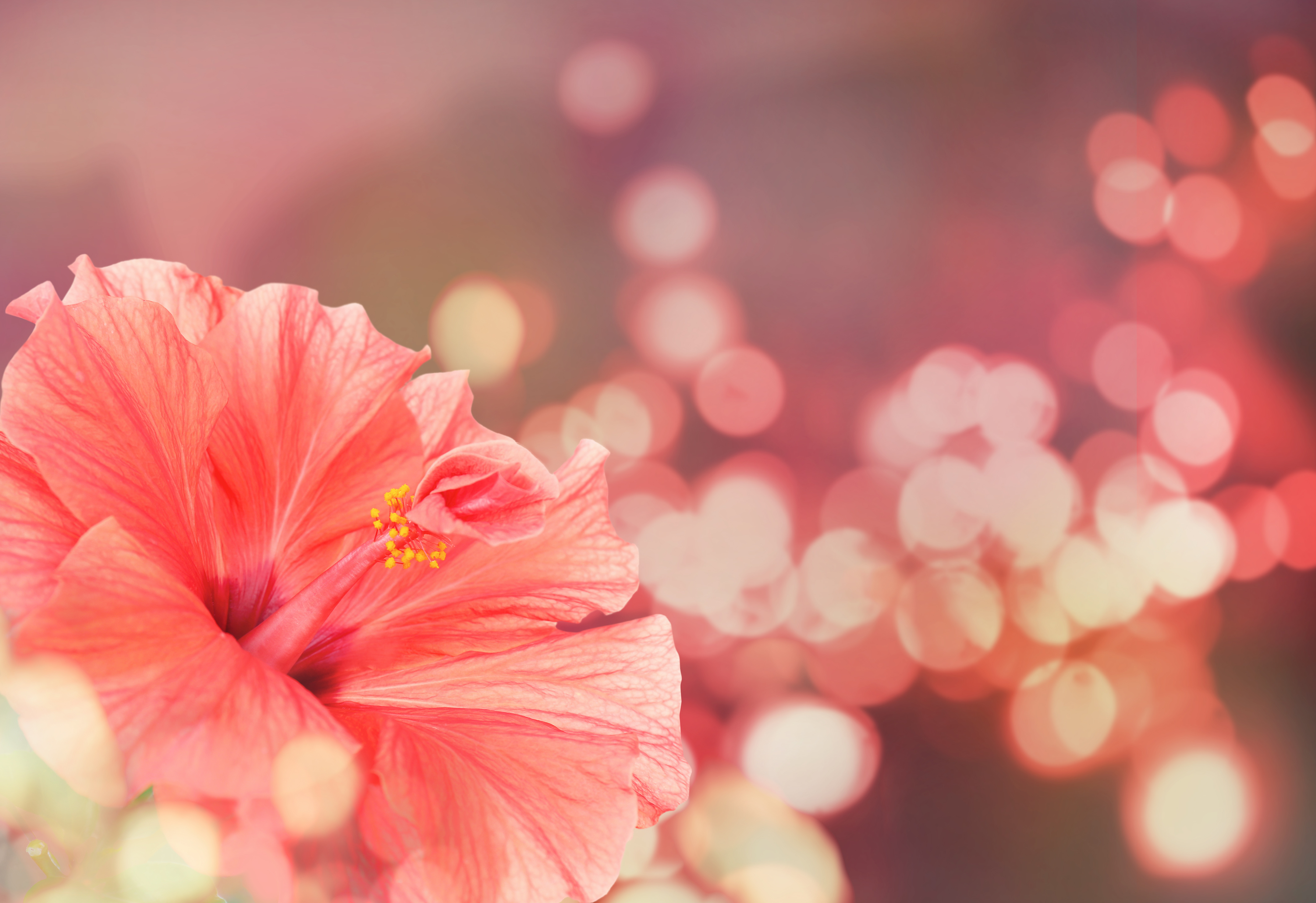Did you know?
Vero Beach is called the Hibiscus City! With an annual festival downtown Vero Beach on 14th Avenue.
What is Hibiscus?
Hibiscus is a bushy annual plant. Parts of the flower are used to make a popular drink in Egypt called Karkade. Various parts of the plant are also used to make jams, spices, soups, and sauces. The flowers are also used to make medicine.
Roselle is native to tropical Africa, but today grows throughout many tropical areas. This annual herb produces elegant red flowers. The flowers are collected when slightly immature. The major producing countries are Jamaica and Mexico.
--> Join the conversation in Vero Beach Foodie and 46,600 very active members right now! <--
--> Subscribe to our weekly email and discover all the local events and happenings around the town. Join 26,650 of your neighbors right now! <--
Hibiscus flowers come in many colors. They can be red, yellow, white, or peach-colored, and can be as big as six inches wide. You can also find hibiscus plants in many garden stores.
The red flowers are most commonly cultivated for medical purposes, and are available as dietary supplements.
Here are the 20 uses for Hibiscus you never knew about…
#20 – Today, hibiscus is popular for its potential to reduce high blood pressure. Modern studies show promise for both the tea and hibiscus plant extract to lower blood pressure and cholesterol levels. Although more research is still needed, this could be good news for the future of heart disease treatment.
#19 – The leaves, when ground to a paste with fenugreek seeds and water, can be used as a shampoo and conditioner for hair.
#18 – 8 to 10 hibiscus flowers soaked in 1½ liters of water overnight and consumed three to four times a day for 2-3 days is good for urinary diseases.
“I put hibiscus flower in every cup of tea I have. It’s sweet, sexy, and cleansing.” -Mario Batali
#17 – Cools body and is said to be good for psychiatric ailments.
#16 – Laxative effects: The plant has been used as a mild laxative. While animal studies show a mild cathartic effect, research reveals little or no human clinical data regarding the use of hibiscus as a laxative.
#15 – Hibiscus can be made into a delicious wine, especially when combined with Chinese tea leaves.
#14 – The calyces are also processed into sweet pickles, jelly and jam.
#13 – The calyx infusion, called sudan tea, is taken to relieve coughs.
#12 – Hibiscus is a very effective home remedy for hair loss. To prevent hair loss, the juice from the flowers is mixed with coconut oil and heated until the water evaporates.
#11 – Hibiscus shows potential ties with weight loss and has an effect on metabolism, preventing obesity and fat buildup in the liver.
#10 – The roselle is commonly used to make a sugary herbal tea.
#9 – The green leaves are often used like a spicy version of spinach.
#8 – Chemo-preventive effects: Components of hibiscus have shown potential as a chemo-preventative agent against tumor promotion in laboratory and animal studies. These components also possess anti-inflammatory properties. Research reveals little or no clinical data regarding the use of hibiscus as a chemo-preventive agent.
#7 – Hypertension: A randomized clinical trial evaluated the effect of sour tea available commercially in Iran on essential hypertension in otherwise healthy volunteers. A decrease in blood pressure was seen. However, after cessation of drinking the sour tea, a rise in blood pressure occurred. Although no adverse effects were seen in this study, the use of sour tea for treating hypertension requires further study.
#6 – In India, a decoction of the seeds is given to relieve dysuria strangury, and mild cases of dyspesia.
#5 – When drank it is particularly good for people who have a tendency, temporary or otherwise, toward water retention: it is a mild diuretic.
#4 – Antibacterial/ Vermifuge: Aqueous extracts of hibiscus appear to exert a slight antibacterial effect. In laboratory and animal studies, worms were killed by hibiscus extracts. Research reveals little or no clinical data regarding the use of hibiscus as an antibacterial or vermifuge (kill worms).
#3 – A lotion made from leaves is used on sores and wounds.
#2 – The red leaves extract of which can be applied on hair to tackle hair fall and dandruff on the scalp. It is used to make hair protective oils.
#1 – The calyces are harvested fresh to produce pro-health drink due to high contents of vitamin C.
- Vero Verse MY FEET WERE RUINED BY STILETTOES - November 1, 2023
- Vero Verse HABITAT FOR ALL - September 12, 2023
- Vero Verse Cockamamie - August 30, 2023

